DIE BILDER WERDEN GELADEN…
Häuser & Einzelhäuser (Zum Verkauf)
Aktenzeichen:
EDEN-T101580617
/ 101580617
Aktenzeichen:
EDEN-T101580617
Land:
PT
Stadt:
Campos e Vila Mea
Kategorie:
Wohnsitze
Anzeigentyp:
Zum Verkauf
Immobilientyp:
Häuser & Einzelhäuser
Größe der Immobilie :
259 m²
Größe des Grundstücks:
832 m²
Zimmer:
4
Schlafzimmer:
4
Badezimmer:
2
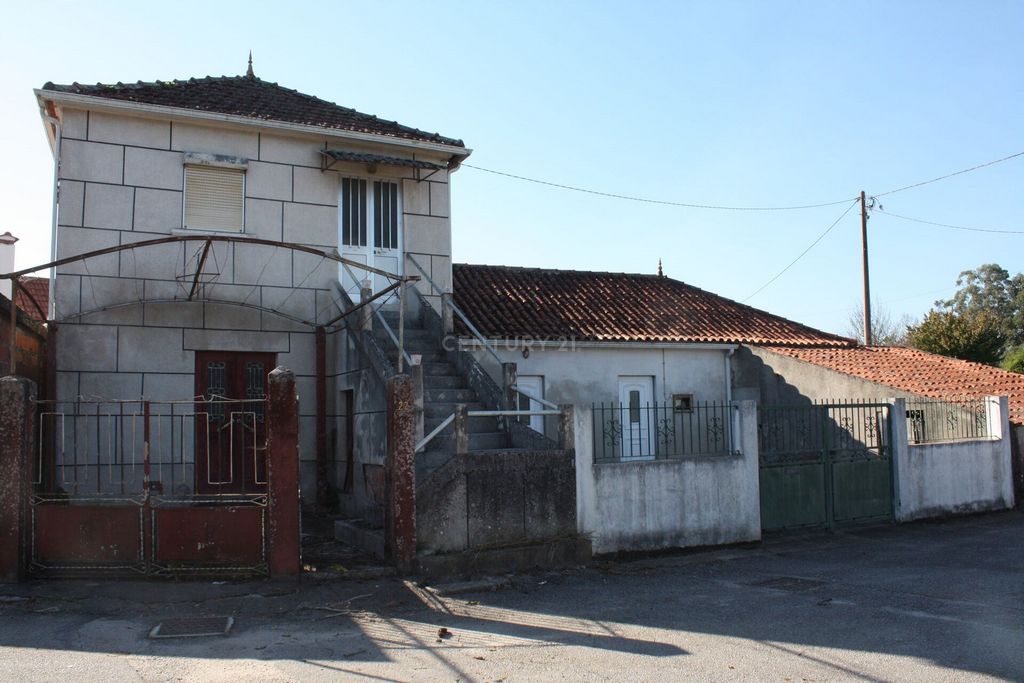
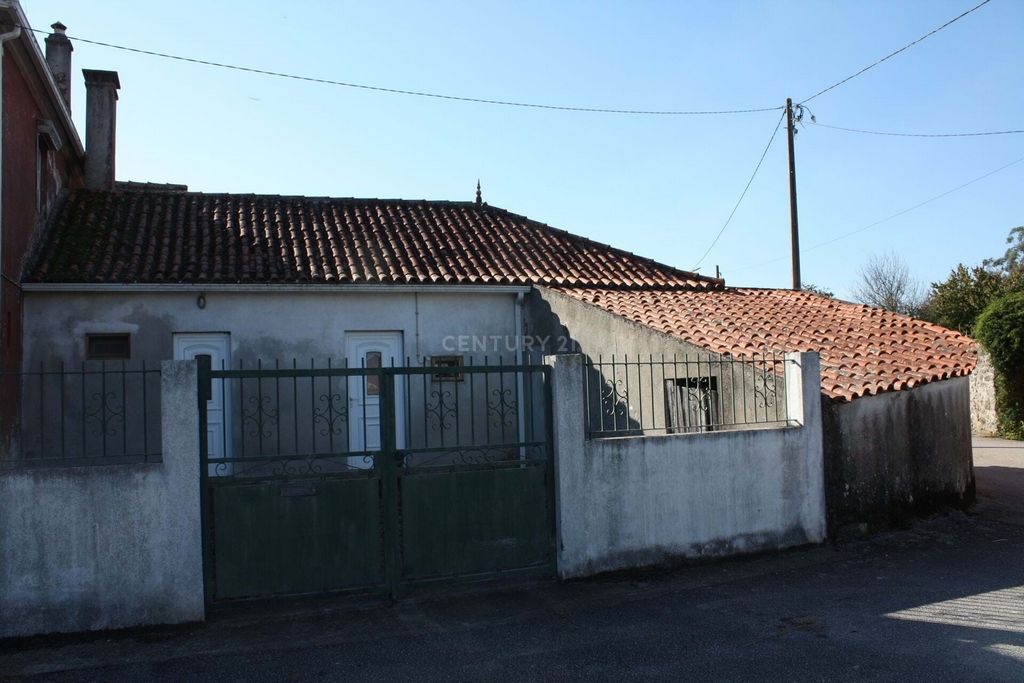
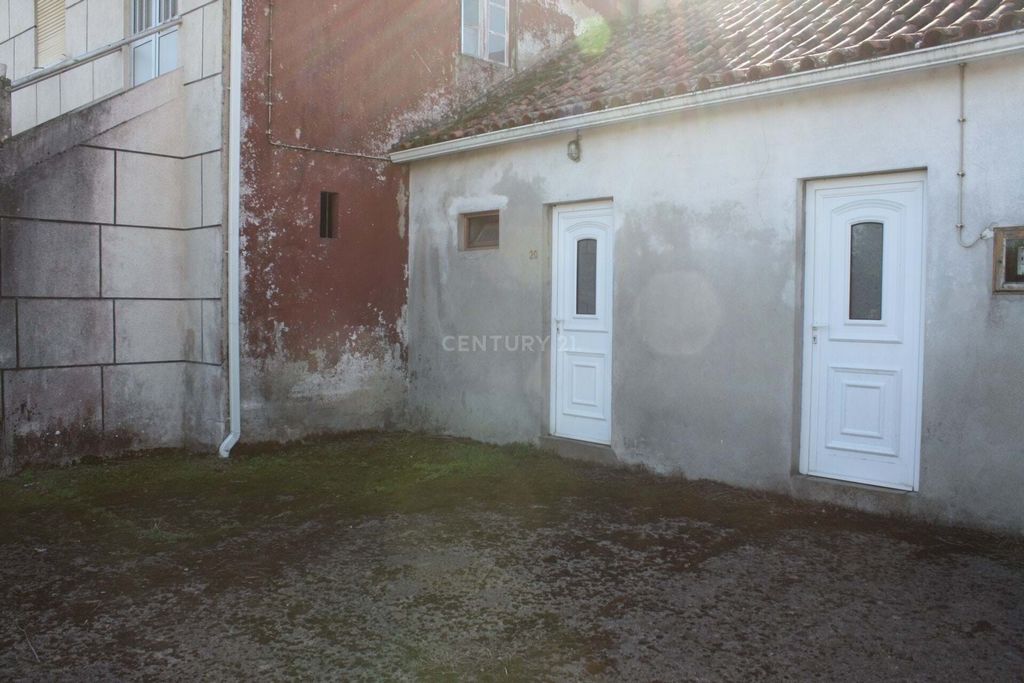



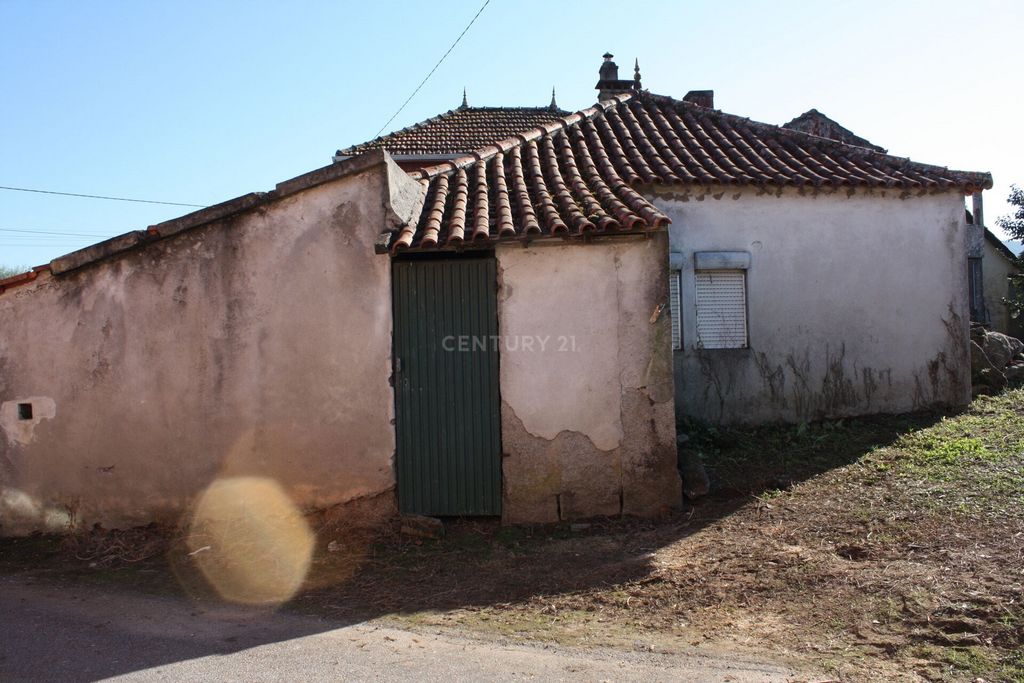



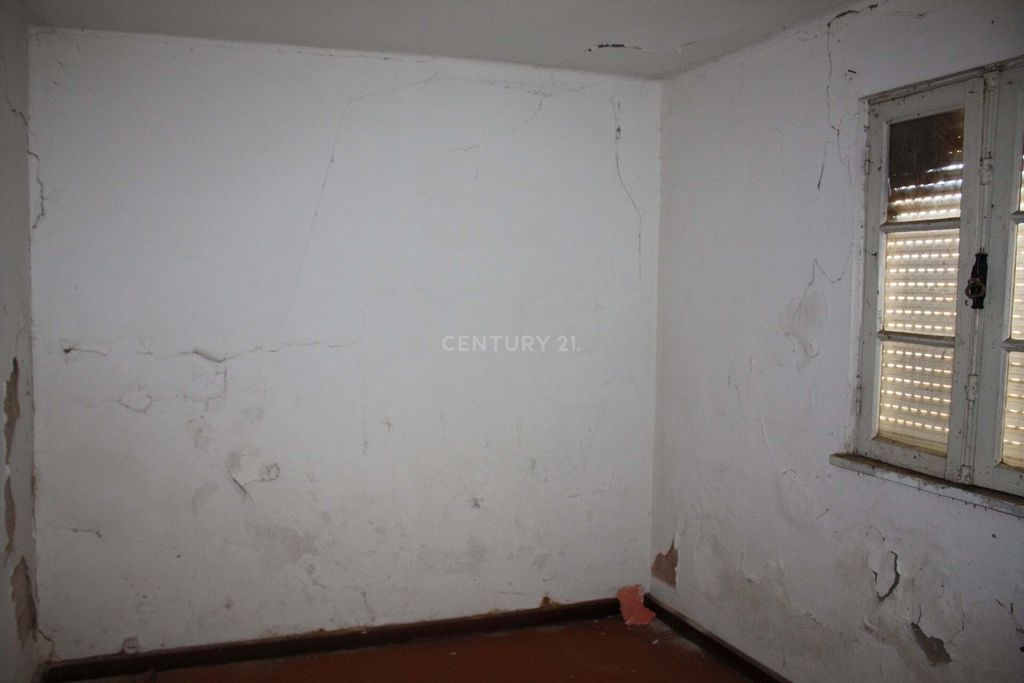
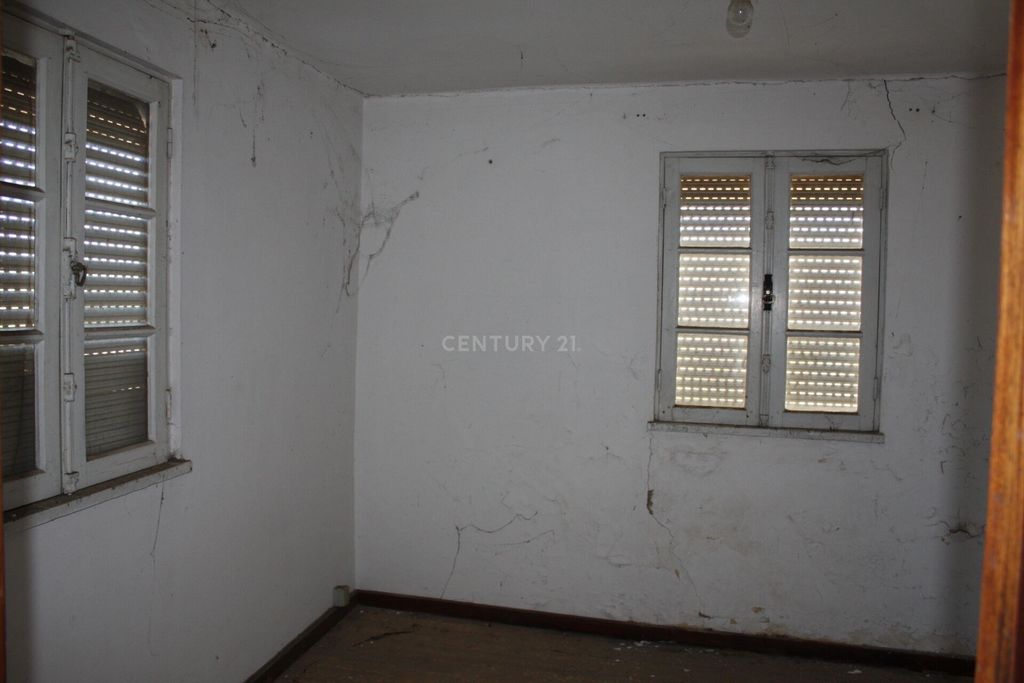
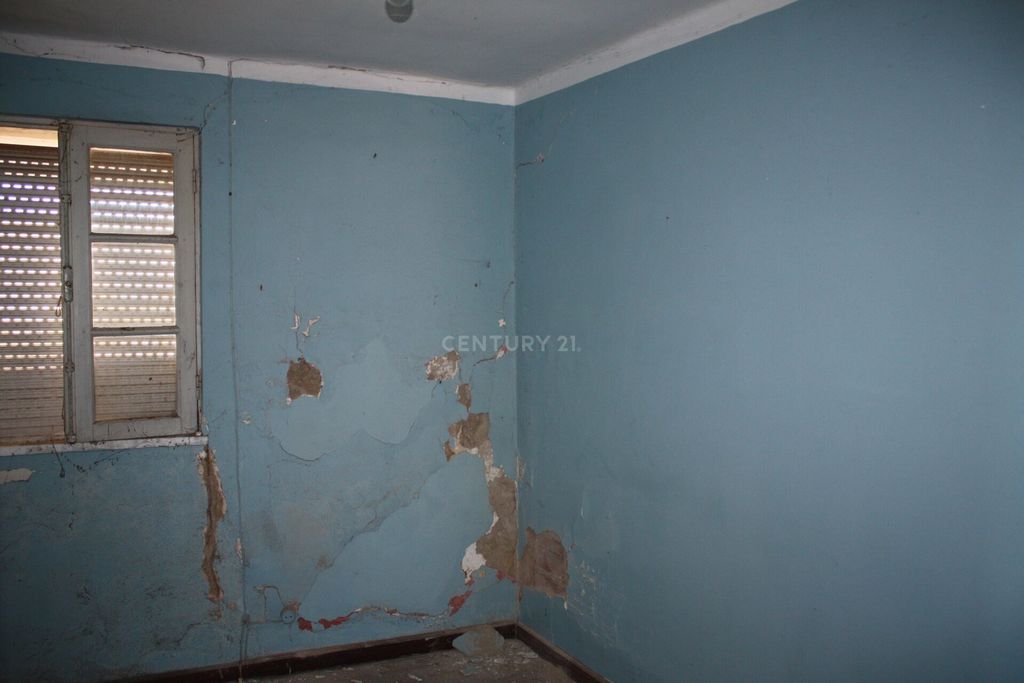
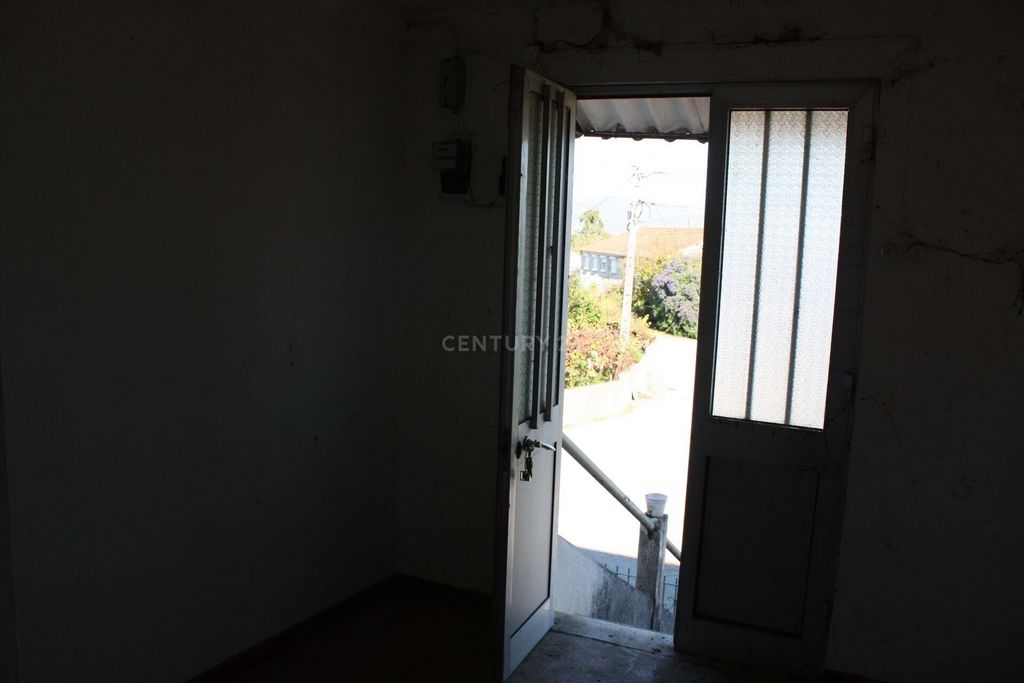


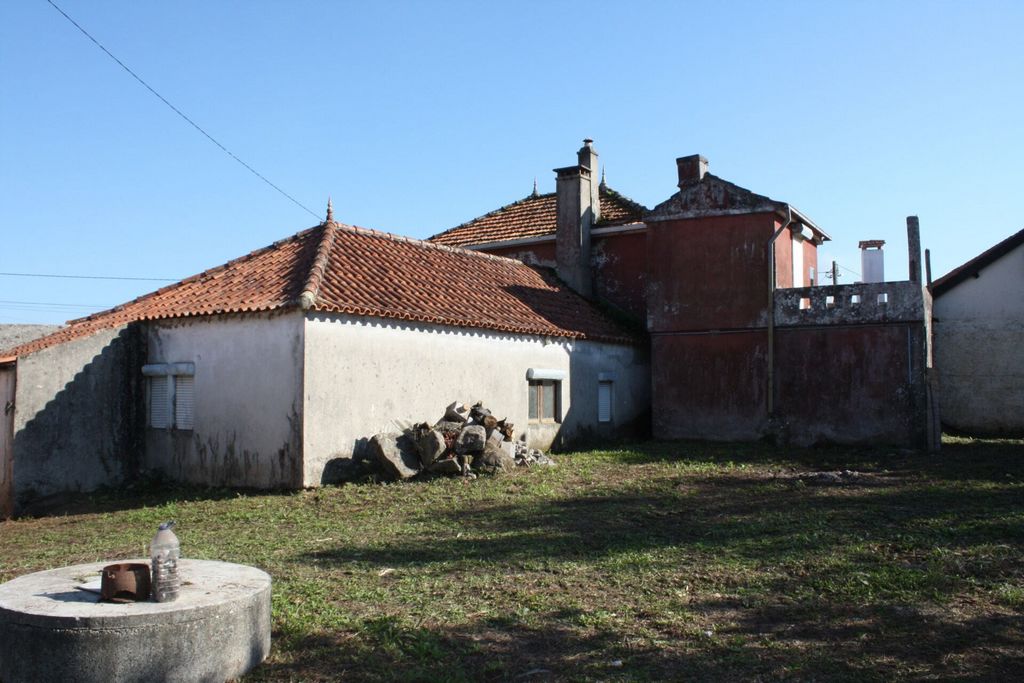

The moradais consist of two bedrooms, a living room, a kitchen and a bathroom. It has a spacious and sunny atrium, a storage room for storage. At the back, there is a garage and land for a vegetable garden and orchard.
Excellent location and quick access to the N13, A28 and A3, Spain and neighboring municipalities.
Regarding the history of this former parish of Campos, now Campos-Vila Meã, it can be read in the book Inventário Colectivo dos Registros Paroquiais Vol. 2 Norte Arquivos Nacionais.
«The church of São João de Campos belonged in 1258 to the bishop of Tui. As documented in the list of churches of that bishopric, located in the territory of Entre Lima e Minho, drawn up in 258-1259. In the Census of D. Diogo de Sousa (1514-1532). in which the contribution that the churches that had belonged to the Cathedral of Tui, and then incorporated into the diocese of Braga, had to pay to the archdiocese, is calculated, Campos is mentioned in the municipality of Vila Nova de Cerveira, with a fee of 160 réis. However, in 1545, in the Memorial made by the vicar of the district of Valença, Rui Fagundes, at the time of Archbishop D. Manuel de Sousa, São João de Campos was integrated in that district, yielding 40 thousand réis. The census of D. Frei Baltasar Limpo, in the copy of 1580, used by Father Avelino Jesus da Costa in his book "The Ecclesiastical District of Valença" states that São João de Campos was divided into two parts, half belonging without cure to the archbishop in solidum", and the other, with cure, to the monastery of Valboa, which had the right of presentation. In 1582, by provision of Archbishop D. Diogo de Sousa, and brief by Pope Clement VII, the monastery of Valboa was annexed to the Benedictine community of Santa Ana de Viana. In 1757, São João de Campos had two abbots, each with an income of 150 thousand réis. In 1839 it fell within the district of Monção, and the following year it was annexed to the parish of Vila Meã. In 1852 it appears in the district of Valença. On the map of the congruas, from 1856, Campos and Vila Meã appear separately, reunited in 1864. This year they had a common parish priest."
Following the opinion of other authors, it is known that it was the abbey of the presentation of the mitre.
Campos regains its status as a parish on January 13, 1898, when the municipality of Vila Nova de Cerveira was restored. In a small valley of the parish, in a hidden place, there is a chapel of invocation to Santa Luzia. The place is still called Monastery, and the nearby bouça they call Cerca, all the land around it being foreiros de SantAna de Viana do Castelo. Here was the Monastery of Santa Maria de Valboa, of the Order of St. Benedict. The history of its foundation is now unknown. The Portuguese Choreography says that it is due to the lords of Torre da Silva, its patron saints, according to tradition. He was abbess D. Urraca Soares, daughter of Soeiro Gonçalves, granddaughter of Gonçalo Pires de Belmir, great-granddaughter of Martin Pires de Belmir, third granddaughter of Pedro Soares de Belmir and his wife D. Gontinhada Silva, daughter of D. Paio Guterres da Silva, lord of the said Torre da Silva in the time of D. Afonso VI, of León. Also Count D. Pedro, in his Nobiliary, referring to the Silvas, mentions Soeiro Gonçalves, son of Gonçalo Pires, one of the knights who met King Ferdinand the Saint, at the siege of Seville in 1248, and says that Soeiro Gonçalves had a daughter named D. Urraca Soeiro, who was the abbess of Valboa. According to the Valença Register, "in the year of the Lord 1444 Ignez Barbosa was confirmed abbess of Santa Maria de Valboa, of the Order of S. Bento". Mehr anzeigen Weniger anzeigen Duas moradias com artigos separados. Uma com R/C e primeiro andar e, a outra térrea. Apresentam-se como um projecto interessante para restauro. Pode muito bem ser a moradia permanente, a moradia de fim-de-semana, na tranquilidade do campo, do rio e da montanha ou ainda para investimento (arrendamento).
As moradais são compostas por dois quartos, uma sala, uma cozinha e uma casa de banho. Tem um átrio espaçoso e solarengo, uma arrecadação para arrumos. Na parte de trás, tem uma garagem e terreno para uma horta e pomar.
Excelente localização e acessos rápidos à N13, A28 e A3, a Espanha e aos concelhos vizinhos.
A respeito da história desta antiga freguesia de Campos, agora Campos-Vila Meã, pode ler-se no livro Inventário Colectivo dos Registros Paroquiais Vol. 2 Norte Arquivos Nacionais.
«A igreja de São João de Campos pertencia em 1258 ao bispo de Tui. Como se documenta na lista das igrejas daquele bispado, situadas em território de Entre Lima e Minho, elaborada em 258-1259. No Censual de D. Diogo de Sousa (1514-1532). no qual se faz o apuramento da contribuição que as igrejas que, tinham pertencido à Sé de Tui, e então incorporadas na diocese de Braga, tinham de pagar à arquidiocese, Campos vem mencionada no concelho de Vila Nova de Cerveira, com a taxa de 160 réis. No entanto, em 1545, no Memorial feito pelo vicário da comarca de Valença, Rui Fagundes, no tempo do arcebispo D. Manuel de Sousa, São João de Campos estava integrada naquela comarca, rendendo 40 mil réis. O censual de D. Frei Baltasar Limpo, na cópia de 1580, utilizada pelo Padre Avelino Jesus da Costa no seu livro "A Comarca Eclesiástica de Valença" refere que SãoJoão de Campos se dividia em duas partes, pertencendo a metade sem cura ao arcebispo in solidum", e a outra, com cura, ao mosteiro de Valboa, a quem competia o direito de apresentação. Em 1582, por provisão do arcebispo D. Diogo de Sousa, e breve do papa Clemente VII o mosteiro de Valboa foi anexado à comunidade beneditina de Santa Ana de Viana. Em 1757, São João de Campos possuía dois abades, tendo cada um de rendimento 150 mil réis. Em 1839 enquadrava-se na comarca de Monção, sendo no ano seguinte anexa à freguesia de Vila Meã. Em 1852 aparece na comarca de Valença. No mapa das côngruas, de 1856, Campos e Vila Meã figuram separadamente, voltando a unir-se em 1864. Neste ano tiveram um pároco comum.»
Seguindo a opinião de outros autores fica-se a saber que foi abadia da apresentação da mitra.
Campos recupera o seu estatuto de freguesia em 13 de Janeiro de 1898, quando do restauro do concelho de Vila Nova de Cerveira. Num pequeno vale da freguesia, em sítio escondido, está uma capela de invocação a Santa Luzia. Esta invocação não deve ir além do século XVII. Ao local ainda dão o nome de Mosteiro, e à bouça próxima chamam Cerca, tendo sido todos os terrenos à volta foreiros de SantAna de Viana do Castelo. Aqui esteve o Mosteiro de Santa Maria de Valboa, da Ordem de S. Bento. A história da sua fundação é hoje uma incógnita. Diz a Coreografia Portuguesa que ela se deve aos senhores da Torre da Silva, seus padroeiros, segundo a tradição. Dele foi abadessa D. Urraca Soares, filha de Soeiro Gonçalves, neta de Gonçalo Pires de Belmir, bisneta de Martin Pires de Belmir, terceira neta de Pedro Soares de Belmir e de sua mulher D. Gontinhada Silva, filha de D. Paio Guterres da Silva, senhor da dita Torre da Silva no tempo de D. Afonso VI, de Leão. Também o conde D. Pedro, no seu Nobiliário, referindo-se aos Silvas, faz menção de Soeiro Gonçalves, filho de Gonçalo Pires um dos cavaleiros que se acharam com el-rei D. Fernando, o Santo, no cerco de Sevilha pêlos anos de 1248 , e diz que Soeiro Gonçalves teve uma filha de nome D. Urraca Soeiro, que foi a abadessa de Valboa. Segundo o Registo de Valença, "no ano do Senhor de 1444 Ignez Barbosa foi confirmada abadessa de Santa Maria de Valboa, da Ordem de S. Bento". Two villas with separate items. One with ground floor and first floor and the other ground floor. They present themselves as an interesting project for restoration. It can very well be a permanent home, a weekend home, in the tranquility of the countryside, the river and the mountain or even for investment (rental).
The moradais consist of two bedrooms, a living room, a kitchen and a bathroom. It has a spacious and sunny atrium, a storage room for storage. At the back, there is a garage and land for a vegetable garden and orchard.
Excellent location and quick access to the N13, A28 and A3, Spain and neighboring municipalities.
Regarding the history of this former parish of Campos, now Campos-Vila Meã, it can be read in the book Inventário Colectivo dos Registros Paroquiais Vol. 2 Norte Arquivos Nacionais.
«The church of São João de Campos belonged in 1258 to the bishop of Tui. As documented in the list of churches of that bishopric, located in the territory of Entre Lima e Minho, drawn up in 258-1259. In the Census of D. Diogo de Sousa (1514-1532). in which the contribution that the churches that had belonged to the Cathedral of Tui, and then incorporated into the diocese of Braga, had to pay to the archdiocese, is calculated, Campos is mentioned in the municipality of Vila Nova de Cerveira, with a fee of 160 réis. However, in 1545, in the Memorial made by the vicar of the district of Valença, Rui Fagundes, at the time of Archbishop D. Manuel de Sousa, São João de Campos was integrated in that district, yielding 40 thousand réis. The census of D. Frei Baltasar Limpo, in the copy of 1580, used by Father Avelino Jesus da Costa in his book "The Ecclesiastical District of Valença" states that São João de Campos was divided into two parts, half belonging without cure to the archbishop in solidum", and the other, with cure, to the monastery of Valboa, which had the right of presentation. In 1582, by provision of Archbishop D. Diogo de Sousa, and brief by Pope Clement VII, the monastery of Valboa was annexed to the Benedictine community of Santa Ana de Viana. In 1757, São João de Campos had two abbots, each with an income of 150 thousand réis. In 1839 it fell within the district of Monção, and the following year it was annexed to the parish of Vila Meã. In 1852 it appears in the district of Valença. On the map of the congruas, from 1856, Campos and Vila Meã appear separately, reunited in 1864. This year they had a common parish priest."
Following the opinion of other authors, it is known that it was the abbey of the presentation of the mitre.
Campos regains its status as a parish on January 13, 1898, when the municipality of Vila Nova de Cerveira was restored. In a small valley of the parish, in a hidden place, there is a chapel of invocation to Santa Luzia. The place is still called Monastery, and the nearby bouça they call Cerca, all the land around it being foreiros de SantAna de Viana do Castelo. Here was the Monastery of Santa Maria de Valboa, of the Order of St. Benedict. The history of its foundation is now unknown. The Portuguese Choreography says that it is due to the lords of Torre da Silva, its patron saints, according to tradition. He was abbess D. Urraca Soares, daughter of Soeiro Gonçalves, granddaughter of Gonçalo Pires de Belmir, great-granddaughter of Martin Pires de Belmir, third granddaughter of Pedro Soares de Belmir and his wife D. Gontinhada Silva, daughter of D. Paio Guterres da Silva, lord of the said Torre da Silva in the time of D. Afonso VI, of León. Also Count D. Pedro, in his Nobiliary, referring to the Silvas, mentions Soeiro Gonçalves, son of Gonçalo Pires, one of the knights who met King Ferdinand the Saint, at the siege of Seville in 1248, and says that Soeiro Gonçalves had a daughter named D. Urraca Soeiro, who was the abbess of Valboa. According to the Valença Register, "in the year of the Lord 1444 Ignez Barbosa was confirmed abbess of Santa Maria de Valboa, of the Order of S. Bento". Deux villas avec des articles séparés. L’un avec rez-de-chaussée et premier étage et l’autre rez-de-chaussée. Ils se présentent comme un projet intéressant pour la restauration. Il peut très bien s’agir d’une maison permanente, d’une maison de week-end, dans la quiétude de la campagne, de la rivière et de la montagne ou même pour investissement (location).
Les moradais se composent de deux chambres, d’un salon, d’une cuisine et d’une salle de bain. Il dispose d’un atrium spacieux et ensoleillé, d’un débarras pour le stockage. A l’arrière, il y a un garage et un terrain pour un potager et un verger.
Excellent emplacement et accès rapide à la N13, A28 et A3, à l’Espagne et aux communes voisines.
En ce qui concerne l’histoire de cette ancienne paroisse de Campos, aujourd’hui Campos-Vila Meã, on peut la lire dans le livre Inventário Colectivo dos Registros Paroquiais Vol. 2 Norte Arquivos Nacionais.
« L’église de São João de Campos appartenait en 1258 à l’évêque de Tui. Comme le montre la liste des églises de cet évêché, situées sur le territoire d’Entre Lima e Minho, établie en 258-1259. Dans le recensement de D. Diogo de Sousa (1514-1532). dans lequel est calculée la contribution que les églises qui avaient appartenu à la cathédrale de Tui, puis incorporées au diocèse de Braga, ont dû payer à l’archidiocèse, Campos est mentionné dans la municipalité de Vila Nova de Cerveira, avec une redevance de 160 réis. Cependant, en 1545, dans le Mémorial fait par le vicaire du district de Valença, Rui Fagundes, à l’époque de l’archevêque D. Manuel de Sousa, São João de Campos a été intégré dans ce district, rapportant 40 mille réis. Le recensement de D. Frei Baltasar Limpo, dans la copie de 1580, utilisée par le Père Avelino Jesus da Costa dans son livre « Le quartier ecclésiastique de Valença » indique que São João de Campos était divisé en deux parties, la moitié appartenant sans cure à l’archevêque in solidum », et l’autre, avec cure, au monastère de Valboa, qui avait le droit de présentation. En 1582, par l’intermédiaire de l’archevêque D. Diogo de Sousa, et sur parole du pape Clément VII, le monastère de Valboa est annexé à la communauté bénédictine de Santa Ana de Viana. En 1757, São João de Campos avait deux abbés, chacun avec un revenu de 150 mille réis. En 1839, elle fait partie du district de Monção, et l’année suivante, elle est annexée à la paroisse de Vila Meã. En 1852, il apparaît dans le quartier de Valença. Sur la carte des congruas, à partir de 1856, Campos et Vila Meã apparaissent séparément, réunies en 1864. Cette année, ils avaient un curé commun.
Suite à l’avis d’autres auteurs, on sait qu’il s’agissait de l’abbaye de la présentation de la mitre.
Campos retrouve son statut de paroisse le 13 janvier 1898, lorsque la municipalité de Vila Nova de Cerveira a été restaurée. Dans une petite vallée de la paroisse, dans un endroit caché, il y a une chapelle d’invocation à Santa Luzia. L’endroit s’appelle encore Monastère, et la bouça voisine ils l’appellent Cerca, toute la terre autour étant foreiros de SantAna de Viana do Castelo. C’est là que se trouvait le monastère de Santa Maria de Valboa, de l’ordre de Saint-Benoît. L’histoire de sa fondation est aujourd’hui inconnue. La chorégraphie portugaise dit que c’est dû aux seigneurs de Torre da Silva, ses saints patrons, selon la tradition. Il était abbesse D. Urraca Soares, fille de Soeiro Gonçalves, petite-fille de Gonçalo Pires de Belmir, arrière-petite-fille de Martin Pires de Belmir, troisième petite-fille de Pedro Soares de Belmir et de son épouse D. Gontinhada Silva, fille de D. Paio Guterres da Silva, seigneur de ladite Torre da Silva à l’époque de D. Afonso VI, de León. Le comte D. Pedro, dans son Nobiliaire, se référant aux Silvas, mentionne également Soeiro Gonçalves, fils de Gonçalo Pires, l’un des chevaliers qui rencontrèrent le roi Ferdinand le Saint, au siège de Séville en 1248, et dit que Soeiro Gonçalves eut une fille nommée D. Urraca Soeiro, qui était l’abbesse de Valboa. Selon le registre de Valença, « en l’an du Seigneur 1444, Ignez Barbosa a été confirmée abbesse de Santa Maria de Valboa, de l’ordre de S. Bento ».